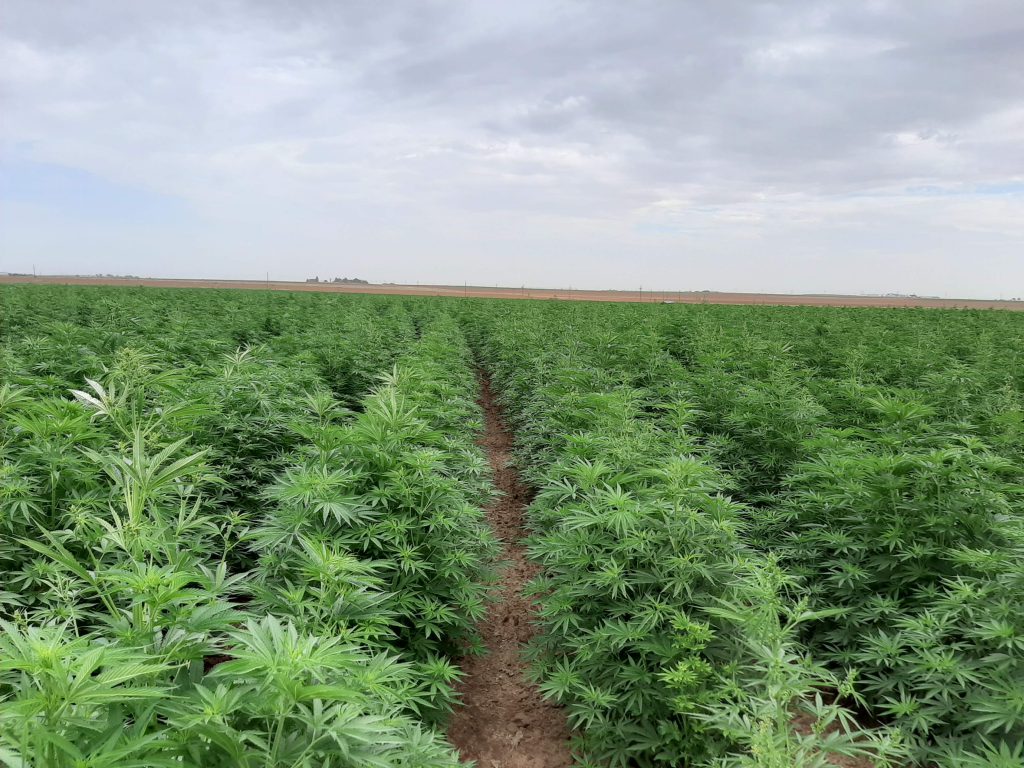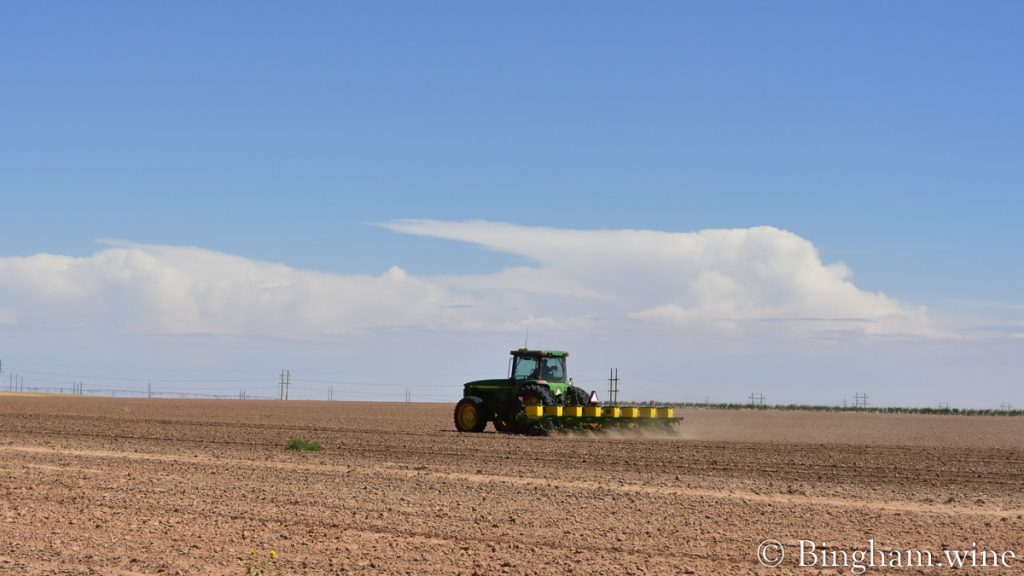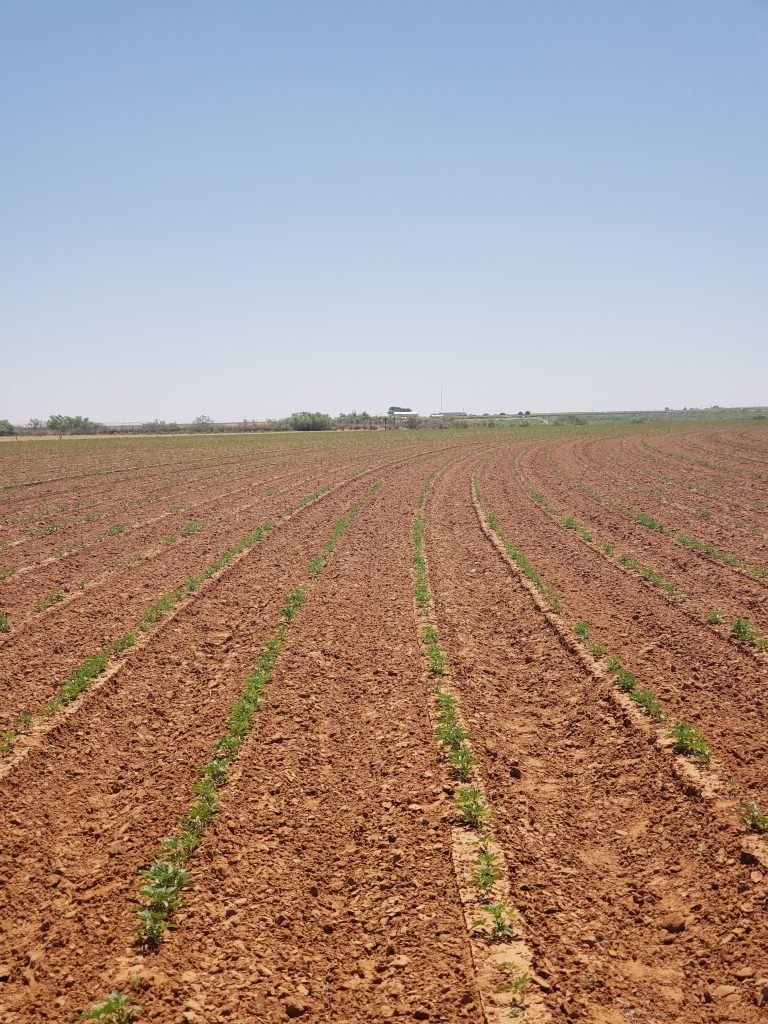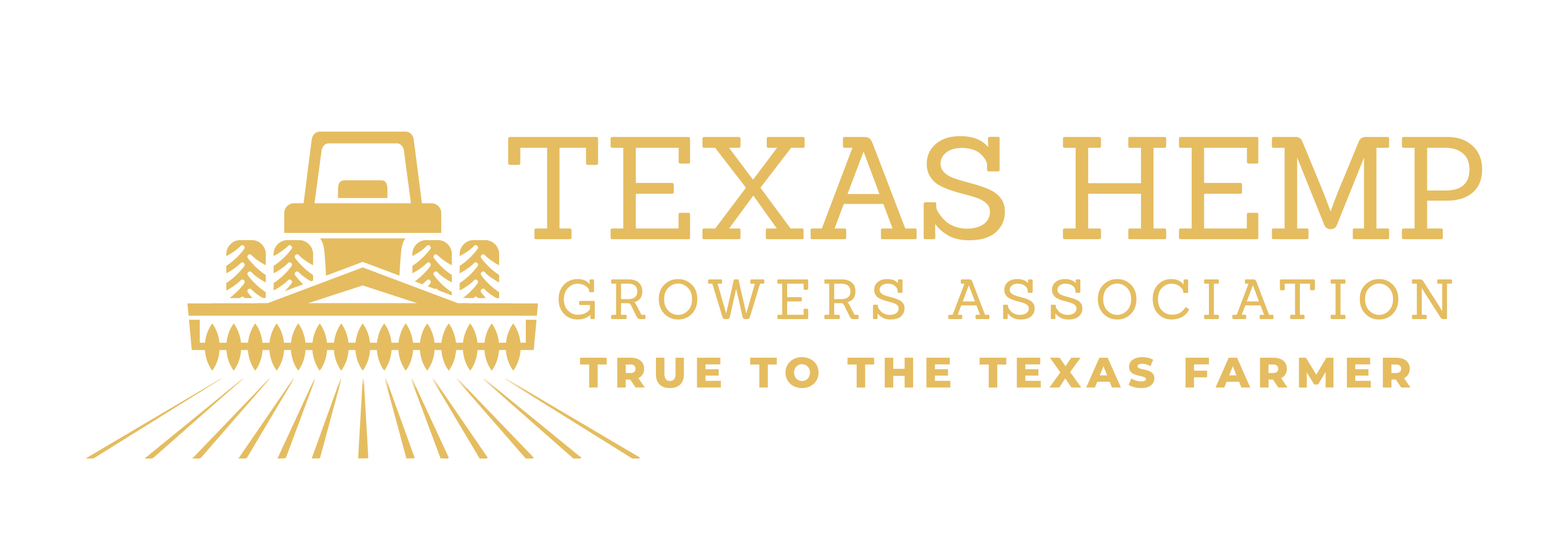PRODUCTION SYSTEMS
CONVENTIONAL
Hemp can be successfully grown under any traditional Canadian conventional production system. Hemp fits in with typical crop rotation systems and with typical equipment that would already be found in a grain production system.
Some Texas farmers found sesame row crop methods to be appropriate for hemp.
The main advantage for using row cropping would be weed control. Row spacings can be adjusted to accommodate the tillage equipment being used.
Seeding rate can be reduced since the plant population will be denser within the row and the plants will self-thin to a sustainable population. Hemp is a slow growing plant for the first few weeks of its life. Tillage is required when the plants are small so the crop can outcompete the weeds. Care should be taken not to cover the young hemp plants during the tillage operation. More than one tillage operation may be required to achieve a desirable level of weed control. The aggressiveness of the tillage can be adjusted as the hemp plants develop.

Terry County July 2020
Terry County late May 2020


No-till
No till is a cropping system where the crop is sown into the previous years stubble. Hemp has been successfully no-tilled in many situations as long as the seedbed is warm, firm and moist to encourage fast, uniform emergence.
ORGANIC
Hemp’s rapid growth, once established, makes it an excellent crop to be grown successfully under organic production systems. Pre-seed cultivation is often done early to stimulate weed growth and warm up the soils by incorporating residue. Immediately prior to seeding, the field may be worked once again to kill weeds. Good fertility and seeding conditions will ensure the crop has a good start to compete with weeds. Refer to other organic production resources for further detail.
HEMP STALK AS COVER CROP
Some producers, especially with shorter varieties, will under seed alfalfa and grass seed with hemp in the spring. The forage crop establishes in the shaded microclimate under the hemp plants. In the fall, after the hemp crop senescences and loses its leaves, the forage crop is able to establish itself in preparation for winter. In spring, the field is rolled to flatten the hemp stalks. Leaving them in the field will not interfere with the hay harvest. This gives good cover and creates a microclimate that protects forage establishment.

